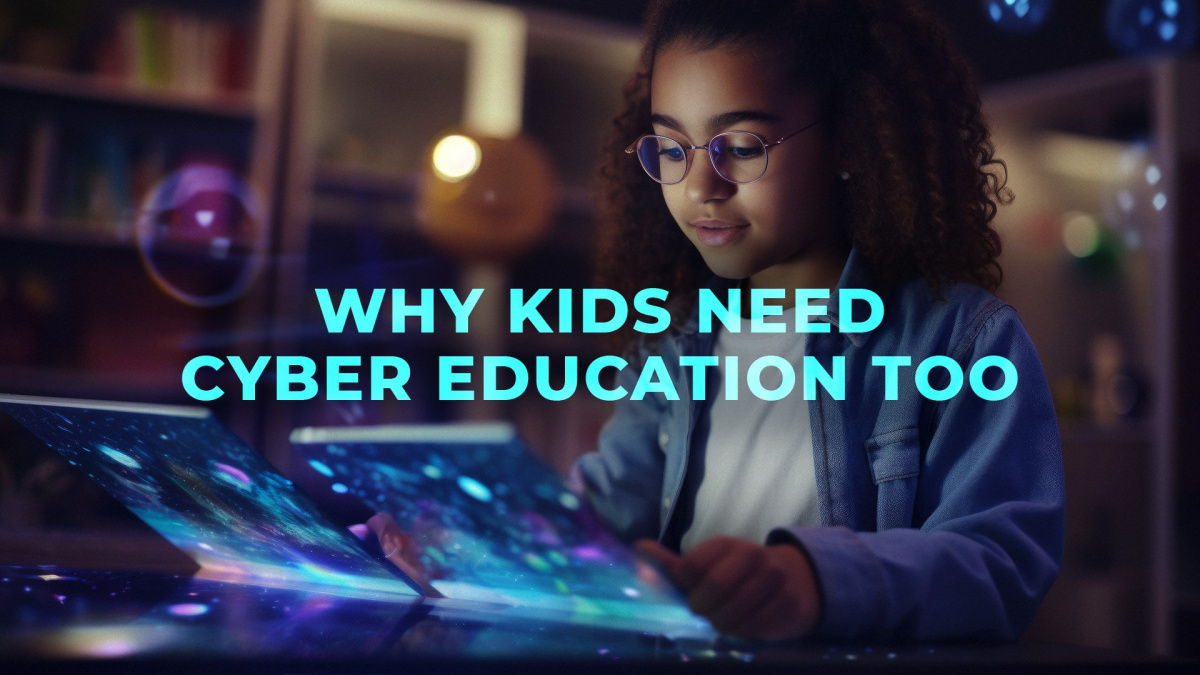From Cyberbullying to Data Leaks: Why Kids Need Cyber Education Too
Cyberbullying is one of the most common online threats children face today. According to a 2023 report by the Cyberbullying Research Center, 55% of teens aged 13–17 in the U.S. have experienced cyberbullying — and it’s just one of many risks kids encounter online.
Children are growing up surrounded by smartphones, tablets, and always-on internet. While this opens doors to learning and connection, it also means they’re often unprepared for serious dangers — cyberbullying, phishing scams, privacy violations, and data theft. Their natural curiosity and trust make them especially vulnerable: they might click phishing links presented as games, overshare personal information on social media, or unknowingly expose themselves to data breaches through insecure apps. Often, kids don’t realize they’re being manipulated until it’s too late. That’s why cyber education isn’t optional — it’s essential.
What Cyber Education Should Include
A strong cyber education program goes beyond teaching kids to avoid sketchy websites. It builds habits and awareness that will protect them now and in the future.
Key elements should include:
- Core security skills like creating strong passwords and enabling two-factor authentication.
- Privacy awareness, helping kids understand what data apps and social media collect and how to manage it.
- Technical hygiene, such as the importance of keeping apps and operating systems updated.
- Dealing with social challenges like cyberbullying and harassment, knowing how to respond and when to ask for help.
- Critical thinking, teaching kids to question what they see online — from fake news to suspicious messages.
It’s not just about tools and settings. It's about helping children think clearly and act responsibly in digital environments.
Who Should Be Responsible for Children's Safety?
Children cannot handle online threats alone. Their natural openness makes them easy targets and keeping them safe requires a collective effort from families, schools, governments, and the tech industry.
Parents must stay actively involved, guiding kids’ digital behavior, setting boundaries, and modeling good habits themselves. Schools should integrate digital safety and media literacy into the curriculum, giving kids practical skills, not just warnings.
Governments and tech companies must do more than offer initiatives — they must enforce stricter privacy laws and create safer digital environments that prioritize children’s well-being.
But real change happens at home and in classrooms, where day-to-day habits are formed.
Conclusion
The digital world isn’t going away. Instead of trying to shield children from it, we must prepare them to navigate it wisely. Cyber education is not just a protective measure — it’s an investment in their ability to think critically, stay safe, and grow into responsible online users.
